Laser Cut and Engrave Rubber
- Home
- >
- Laser engraver materials
- >
- Laser Cut and Engrave Rubber
Outline
What is rubber?
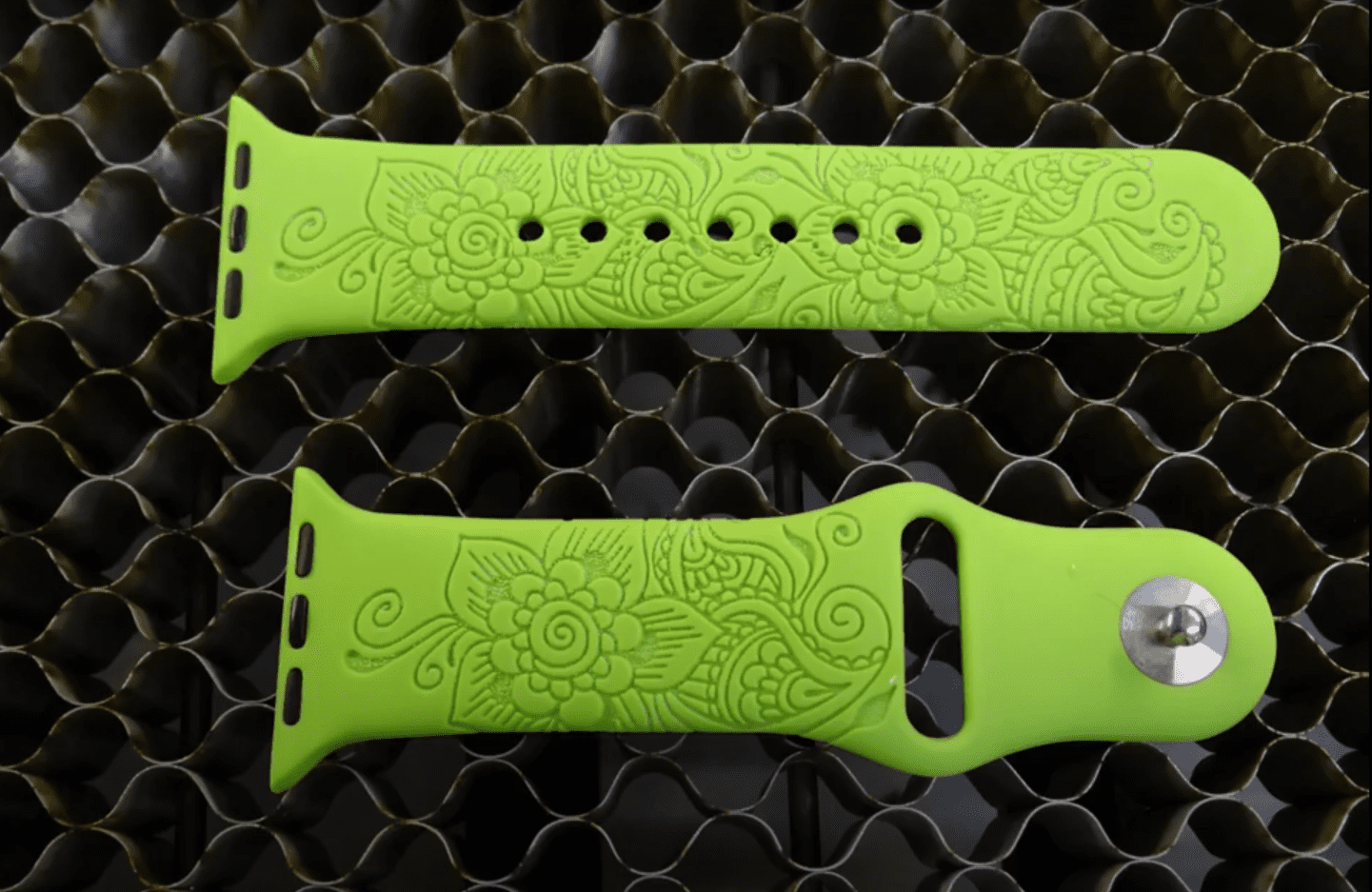
What is the best rubber for laser engraving?
1. Laser engravable rubber sheets
These are specifically designed for laser engraving and cutting. They are often made from a synthetic, odorless rubber compound that produces clean, sharp engravings without releasing harmful fumes.
Ideal Uses: Custom rubber stamps, seals, and gaskets.
2. Silicone rubber
Silicone rubber is another popular choice for laser engraving. It’s heat-resistant, flexible, and durable, making it great for engraving intricate designs. Silicone doesn’t produce harmful gases and generally has a lower odor when laser processed.
Ideal Uses: Customized keychains, wristbands, and molds.
3. EPDM rubber
EPDM (Ethylene Propylene Diene Monomer) rubber is a versatile material that’s resistant to UV light, ozone, and harsh weather conditions. It can be used for outdoor applications, but may not produce the sharpest details compared to laser engravable rubber sheets.
Ideal Uses: Industrial seals and outdoor rubber applications.
4. Natural rubber
Natural rubber can be laser engraved, but it may release more odor and produce less precise results compared to laser-specific rubber. It’s best suited for projects where fine detail is not the primary focus.
Ideal Uses: Simple rubber stamps or non-precision parts.
Popular laser rubber ideas
Rubber block carving using a CO2 laser cutter enables artists to create designs with unmatched intricacy. Custom rubber stamps crafted with laser machines can add a personalized touch to clothing or even be used for producing cost-effective and unique business cards. Beyond stamps, various other creative and marketable rubber products can be found:
- Engraved rubber bracelets
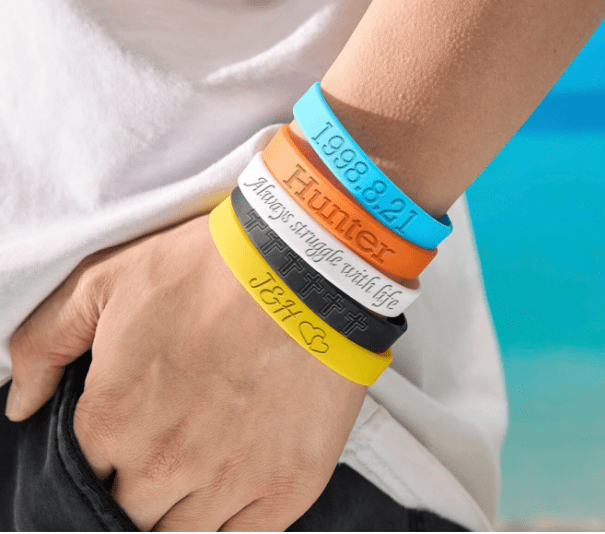
- Laser-cut rubber mats
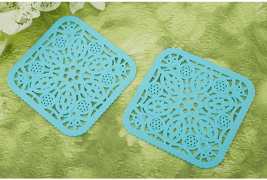
- Laser engraved rubber stamp

- Engraved rubber rings
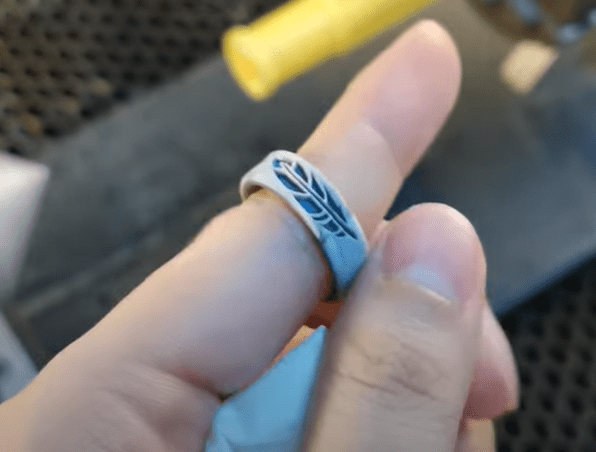
How to make a rubber stamp with a laser engraver?
1. Choose laser-compatible rubber sheets
2. Prepare your digital design
Create or import your stamp design into laser software. Ensure all text and images are mirrored so that the stamp produces the correct orientation when used.
3. Optimize laser settings
4. Engrave and cut out the stamp
5. Clean the engraved rubber
After engraving, clean the rubber surface using water or rubbing alcohol to remove any dust or residue, ensuring a crisp stamping surface.
6. Mount the rubber onto a block
Choosing the best laser engraver for rubber stamps!
When choosing a laser machine for rubber stamp engraving and cutting, Thunder Laser is your reliable and robust option. The Thunder Laser Nova and Thunder Laser Bolt series are among the best CO2 laser engravers for rubber stamps.
While diode lasers can engrave rubber, they typically lack the power needed for efficient cutting or producing clean, detailed engravings. They tend to be slower and less precise. In contrast, CO2 lasers offer precise control over rubber, allowing for intricate designs and clean cuts, making them especially suitable for complex projects like rubber stamps.
The Nova series stands out with its higher laser power and larger working area, making it ideal for cutting rubber. It supports batch production for studios, enabling the creation of more customized rubber stamps in a shorter time frame.
The Bolt series features ultra-fast processing speeds and precise laser control, delivering highly accurate engraving results on rubber blocks. With its compact desktop model, you can create stunning DIY products at home or upgrade to the larger Thunder Bolt Pro for enterprise-grade precision and production.
In summary, the best laser engraver for rubber stamps will deliver smooth, burr-free engraving surfaces and clean, precise cuts—and all of our machines meet these standards. You can choose the most suitable rubber stamp laser engraver based on your specific needs. Feel free to explore more details on the Thunder Laser website or reach out for online consultation at any time!
Laser cutting and engraving rubber settings
Thunder Laser provides material processing parameter sheets for our machines! Here are the rubber parameters for the Thunder Bolt-30W. You can use them as a reference, but it’s always best to refer to the recommended settings for your specific machine and conduct test runs beforehand.
| Thickness | Process | Speed(mm/s) | Min Power(%) | Max Power(%) | Blow Type | DPI |
|---|---|---|---|---|---|---|
| / | Stamp engraving | 150 | 25 | 80 | high | 400 |
| 3mm | Cutting | 10 | 10 | 90 | high | 1.5'' |
Tips for laser cut rubber and laser engrave rubber
1. How to reduce odor when laser cutting rubber?
Rubber tends to emit a strong odor when laser cut rubber. To minimize this, ensure proper ventilation or use a fume extractor. You can also choose low-odor rubber materials specifically designed for laser cutting to reduce the smell.
2. How to avoid sticky edges when laser cut rubber?
Laser-cut rubber edges can sometimes become sticky. Lowering the laser power or increasing the cutting speed can help minimize this. Using a masking tape layer on the surface before cutting can also reduce stickiness and improve the cleanliness of the cut.
3. What is the best way to clean laser-engraved rubber?
After engraving, rubber often leaves a residue that can dull the design. Use a soft brush or a damp cloth to gently clean the surface. For stubborn debris, rubbing alcohol can be effective, but avoid harsh chemicals that may damage the rubber.
4. How to store the laser engraved rubber?
To store laser-engraved rubber, keep it in a cool, dry place away from direct sunlight. Exposure to heat and UV rays can cause the rubber to degrade, become brittle, or fade over time.
Use airtight containers or resealable plastic bags to protect the rubber from moisture and dust. If possible, store the pieces flat to prevent warping, especially for items like rubber stamps or mats.
For long-term storage, adding silica gel packets can help absorb any excess moisture and extend the life of your engraved rubber products.
- Tags
#rubber, #laser, #laser engraving, #laser engraving rubber, #laser cut rubber, #rubber stamp, #co2 laser, #diode laser, #laser machine, #laser cutter, #best laser engraver for rubber stamps

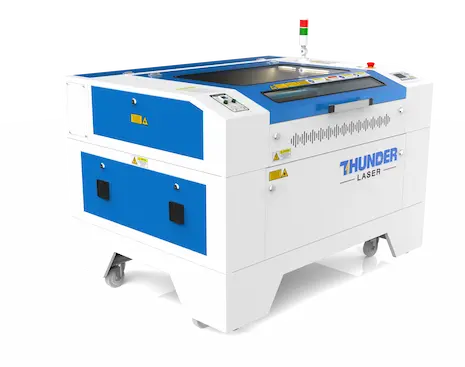
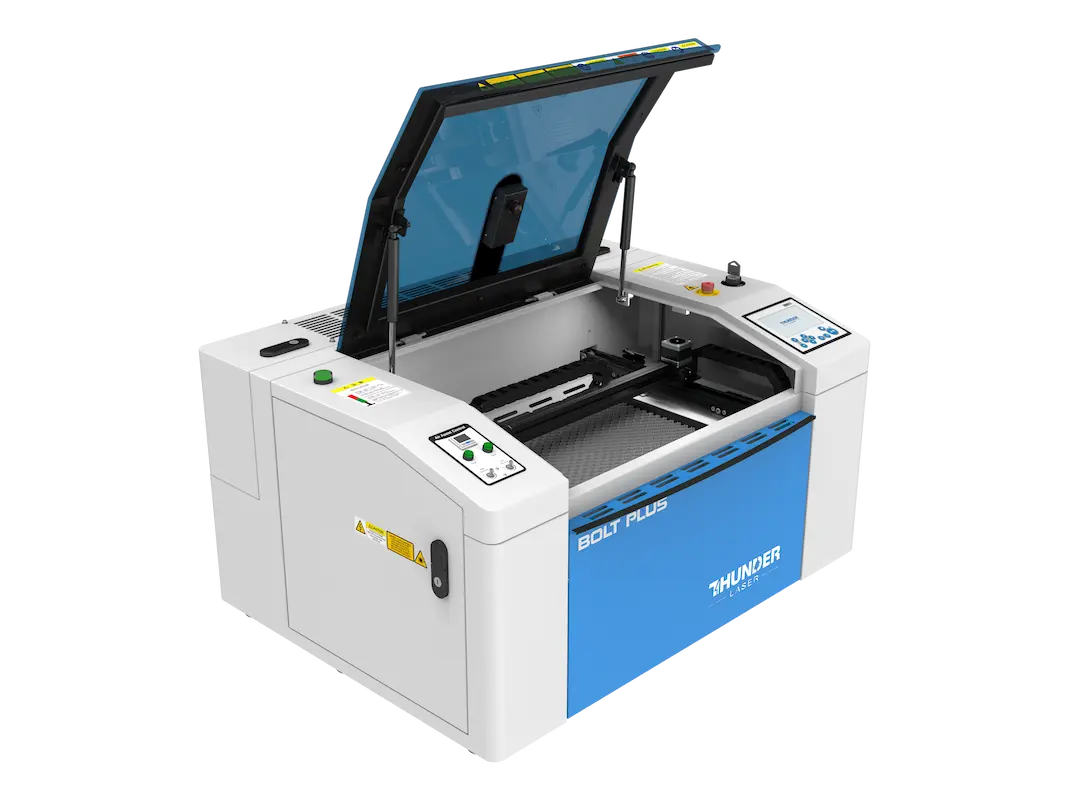
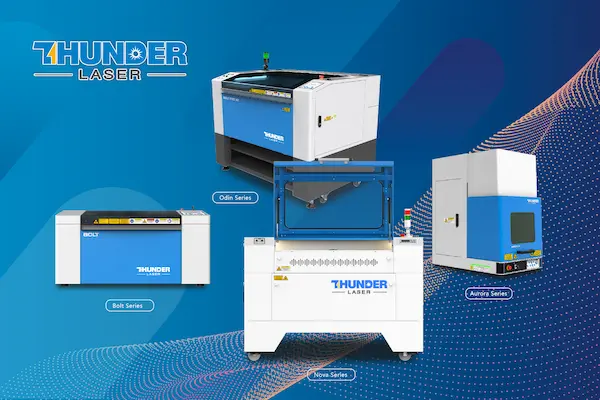
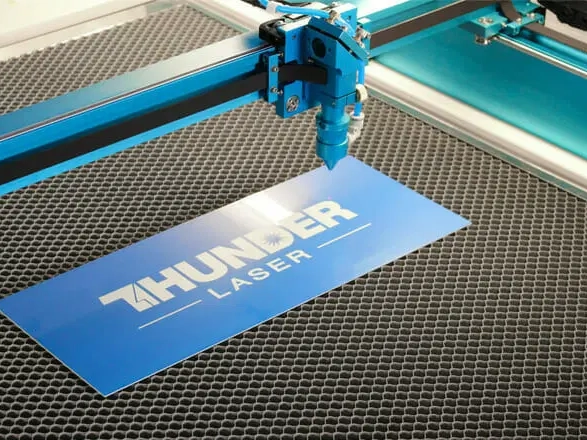
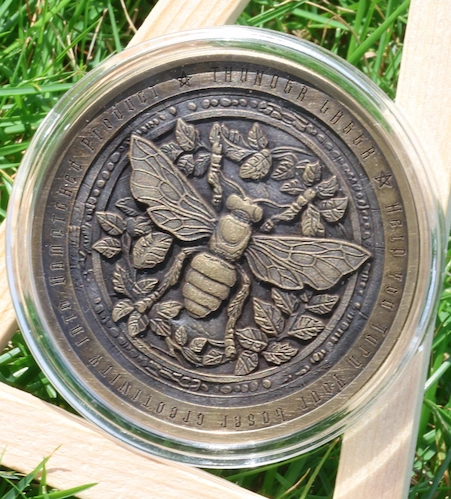

.png) International
International
 United States
United States
 Brasil
Brasil
 Canada
Canada
 Costa Rica
Costa Rica
 Česká
Česká
 Ελλάδα
Ελλάδα
 Polska
Polska
 Ireland
Ireland
 Portugal
Portugal
 Lietuva
Lietuva
 Россия
Россия Deutschland
Deutschland
 Britain
Britain
 Україна
Україна
 France
France
 Sverige
Sverige
 Italia
Italia
 Norway
Norway
 Denmark
Denmark
 Romania
Romania
 한국
한국
 中国
中国
 ประเทศไทย
ประเทศไทย
 中国香港
中国香港
 Israel
Israel
 中國臺灣
中國臺灣
 India
India
 پاکستان
پاکستان
 پශ්රී ලංකා
پශ්රී ලංකා
 ジャパン
ジャパン
 Australia
Australia
 New Zealand
New Zealand
 South Africa
South Africa